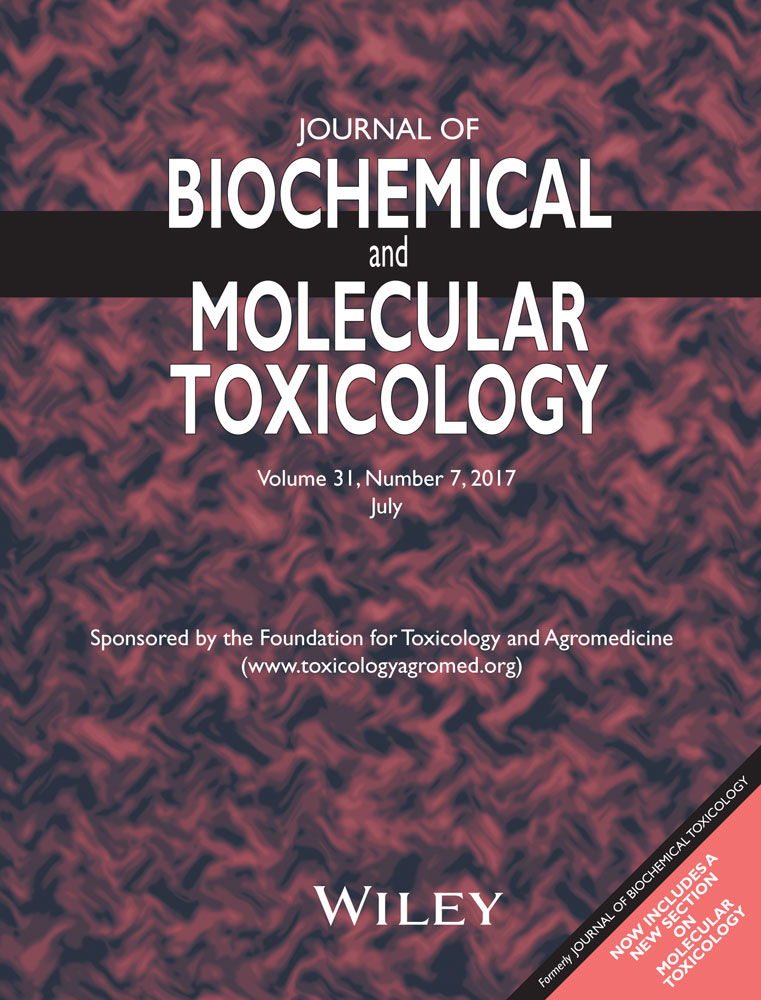Mechanism of capsaicin inhibition of aldose reductase activity
Abstract
Aldose reductase (AR) inhibitors play a vital importance as a potential therapeutic and preventive medicine when it comes to hyperglycemia associated diabetic complications. Additionally, capsaicin is used as a food additive and a drug in a number of diverse clinical trials. The aim of this study is to determine the in vitro inhibition behavior of capsaicin on AR enzyme activity, which was obtained from different rat tissues (heart, kidney, liver, and brain). We showed that AR was inhibited by capsaicin in the micromolar range and noncompetitive manner in all of the tissues. Ki values of capsaicin were found to be 8.87, 264, 535, and 597, respectively, in heart AR, kidney AR, liver AR, and brain AR. In conclusion, capsaicin may be an effective molecule when used in low concentrations to prevent diabetic complications associated with the polyol pathway.




